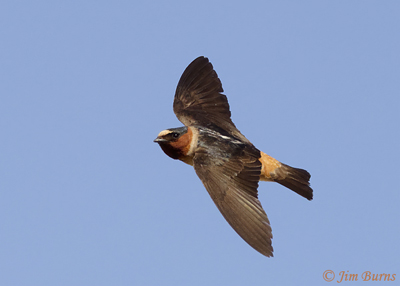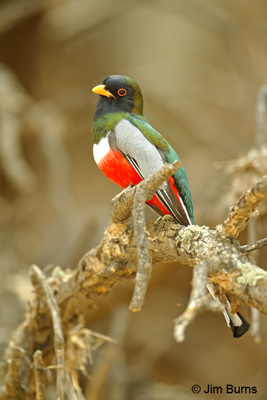
Today’s scientists are the shamans and sorcerers of yore, watching for signs and portents. I was born under the sign of Scorpio, which is the extent of what I know about astrology, but maybe I should pay more attention. In seventeen years in our present house we have never seen a scorpion inside, or even outside in the yard. Until this spring and summer during which time we’ve seen four, all inside.
Scorpions need water just like bugs and birds, and they can slip through cracks as thin as a credit card. All four of our primeval looking visitors have been either in a bathroom or the kitchen. Here’s my scientific equation: global warming = drought = scorpions in our house seeking water. Actually, I am neither scientist nor shaman, but I can read sign, and I know there are two things a person cannot be simultaneously: a birder and a science denier.
We have eight large trees in our yard, plenty of shade, and three water features. In March through June over the years, we’ve averaged a couple new yard birds every year, typically migrants headed north. This year we’ve seen no new yard birds, but even more unusual, we’ve had only one migrant of any species pass through.
Migration is fueled by bugs and bugs fuel hormonal triggers for nesting. Reports from every corner of the southwest say migrant bird species have either arrived late this year or haven’t come, and resident species that flock up in the winter have not dispersed to initiate breeding. A friend who has conducted spring birding surveys for thirty-nine years says this is the slowest year he’s ever seen by a wide margin.
Along the various routes I run on the greenbelt, there are two underpasses where Cliff Swallows show up reliably and begin building their mud nests, often as early as March, but by June City of Scottsdale workers have typically removed them and cleaned up the area. This year the swallows didn’t appear until June and so few nests were begun that C.O.S. hasn’t even bothered with a clean-up.
I spent three days during the third week of May birding in Madera Canyon, for sure my favorite birding spot in all of Arizona. One of my targets was Sulphur-bellied Flycatcher, a late spring migrant that reliably arrives there a month or more after other flycatchers and mountain warblers. I didn’t see any, but even more instructive was that three different birders, seeing my camera and binoculars, asked me if I had. They hadn’t either.
One morning I had a calling male Elegant Trogon pass me, headed up canyon trailed by a pack of drooling birders. This didn’t seem unusual until the results of the annual trogon survey reported only 68 of southeastern Arizona’s spectacular, quintessential species were found this year compared to 201 last year.
One excuse for science denial typically cited by its practitioners is that something considered true yesterday may likely be proven false tomorrow. Is there a bigger oxymoron in the English language than “alternate facts?” Science is fluid. Science is constantly evolving as knowledge grows.
If there is some hope for our planet, it is that she and her denizens’ voices have finally become numerous enough that even some of the extractors are listening now. From Vaquitas to our south to Polar Bears to our north to our winged migrants who didn’t migrate this year, the voices are growing. Read the signs.